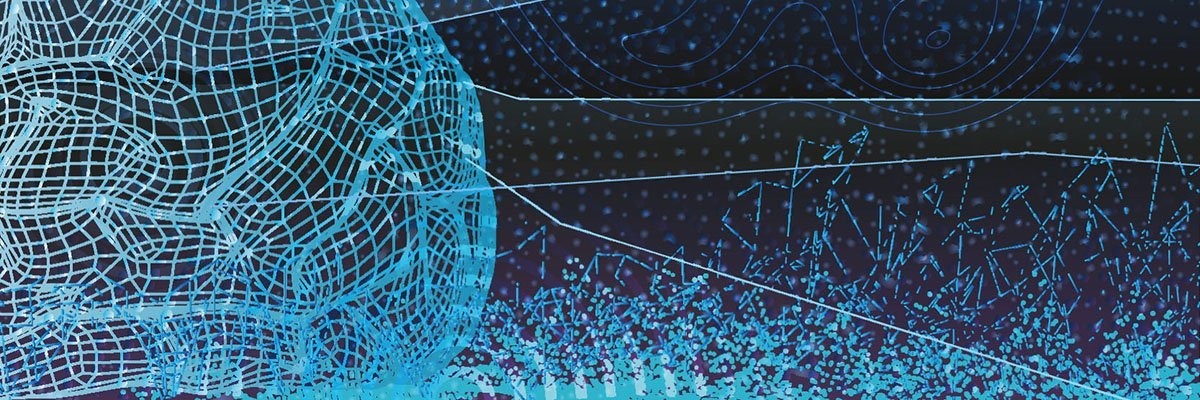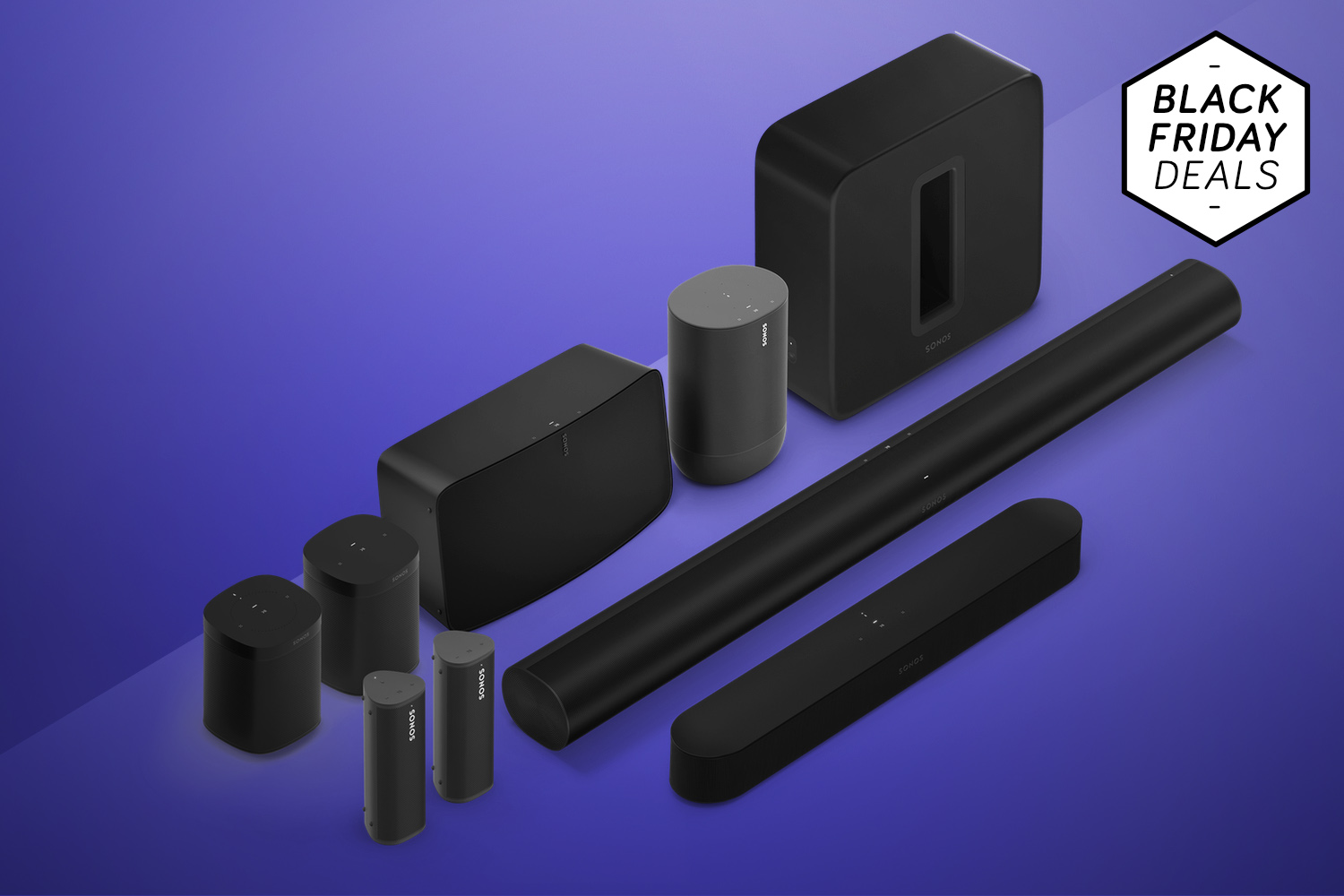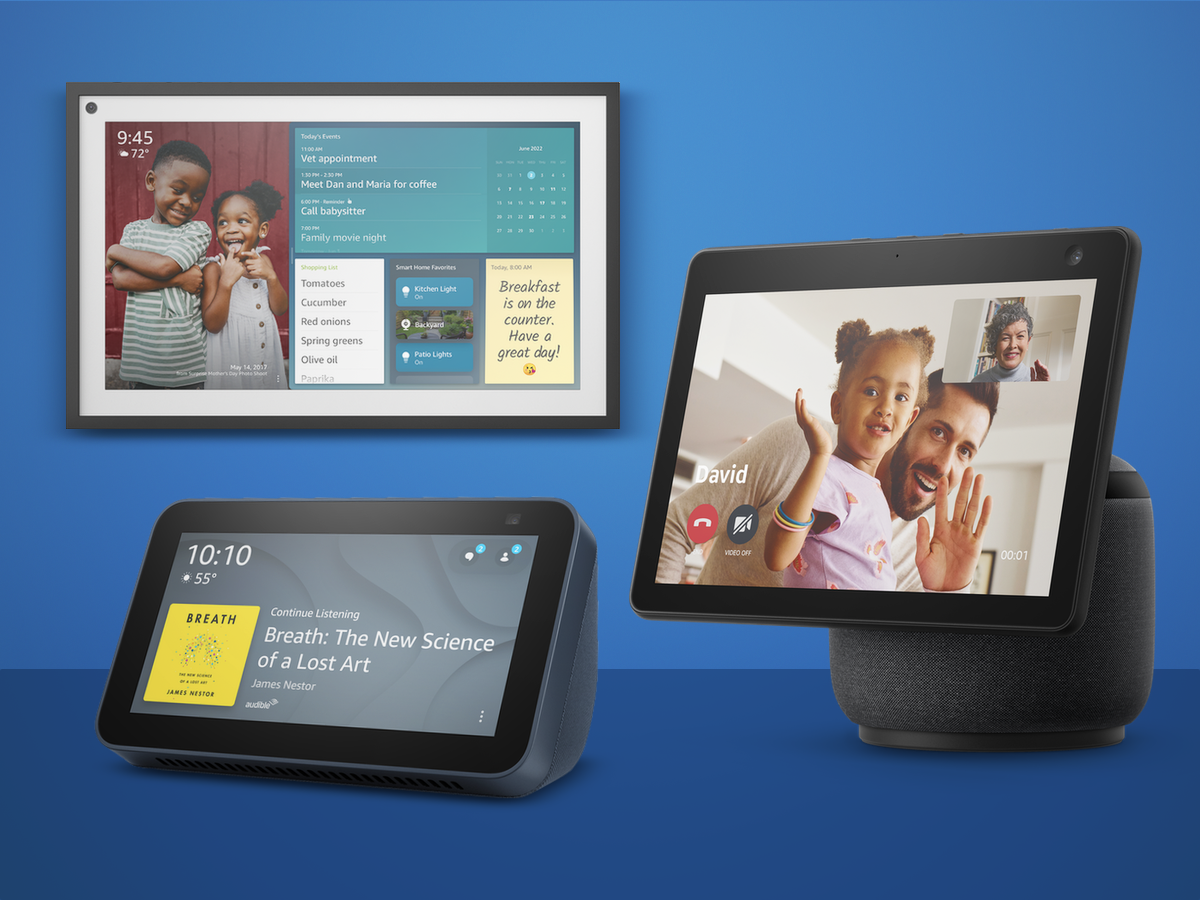Noting that it was operating in an era of extraordinary transformation whereby artificial intelligence (AI) was already the bedrock for productivity, growth and efficiency, HPE CEO Antonio Neri has warned that development work in networking is not progressing at the same rate as other essential technology fields to produce the core technology that will support the generative AI (GenAI) workloads of the future.
As he delivered the opening keynote at HPE Discover Europe, Neri noted that among the company’s core values was to have a lasting impact on society as it was solving technological and business challenges, with GenAI representing the “key shift” in the way this was going to happen. GenAI, he said, was not just about rapid growth – it racked up 50 million users less than a month after launch, while it took the mobile phone industry 12 years to do the same – but instead a major paradigm shift, driving “a profound transformation unlike anything that we have ever seen”.
“AI is not just enhancing technology, it is enabling new worlds of interaction capabilities, regarding what is possible in our lifetimes,” said Neri. “It is transforming every sector, every line of business, and creating opportunities we couldn’t even imagine 18 months ago. The AI future is here, and it is calling us to action. Businesses that quickly bring AI into their enterprises will not just stay competitive, they will set a standard.”
Neil MacDonald, executive vice-president and general manager of HPE’s compute business, said: “We are living in this moment of tremendous transformation where AI is either going to elevate what we do or disrupt those that don’t adapt to take advantage of it. We’re committed to supporting our customers whether they are building models, running services or running sovereign AI initiatives. And in the big picture, it’s not just about compute: that’s [just] one of the big changes. It’s about bringing together the networking, the storage, the compute, the services into a seamless experience.”
Citing a McKinsey study predicting that up to 30% of the hours worked today will be fully automated by 2030, Neri observed that GenAI had the potential to fundamentally transform human productivity, meaning HPE had to be GenAI-ready, data-driven and connected.
He said hybrid cloud would be key as it allowed enterprises to process data “where it makes most sense”, whether it was on-premise, or in a private or public cloud.
Neri also announced that HPE was introducing an option for disconnected management of private cloud services to offer a fully air-gapped management option. Such capability, he stressed, was only possible if businesses had a robust networking infrastructure connecting all of those points.
However, Neri warned of a fundamental issue regarding the fundamental infrastructures on which these GenAI-centric, data-driven businesses would be based.
“As we see what is happening in [networking], while servers and compute [development] is shifting dramatically, the network has to catch up,” he said. “There has been an incumbency there that has seen [the sector] not innovate [recently] as fast as maybe in the first decade and a half [of the century].
“Customers are telling us they need choice, they need flexibility, but also, they need a core foundation by which they can deploy these new capabilities in an accelerated way,” said Neri. “We said many years ago, the work will be harder. And we were right, and we see today, whether it is repatriation workloads because of data sovereignty issues, or because of cost issues, or because of AI – which by design is a data-intensive workload and hybrid because data [goes] everywhere – [then the] network needs to cope with the demands of connecting all that data to those models that are being trained, and networking is the core foundation of that.”
Juniper Networks acquisition
He said the pending acquisition of Juniper Networks, set for some time before early 2025, would become “very important” in solving these challenges.
“With the AI loads, data needs to flow seamlessly between environments, and you just take all of them,” said Neri. “And that’s why [Juniper] is a huge plus for us as a company, and why working with HP will be supercharged by this acquisition, adding Juniper’s high-performance, AI-native networking solution to our security-first Aruba networking solutions.”
HPE acquired Aruba Networks in 2015, and since then has been building its networking portfolio, including a leading campus and branch offering. Neri said that once it closes the Juniper acquisition, it will ultimately have an “industry-first” secure, AI-native network, purpose built with AI and for AI, to deliver a “top” end-to-end user and operator experience.
Juniper Networks CEO Rami Rahim said the acquisition was about more than just combining strengths, but instead about transforming what networks can do for all those that use them, from delivering better experiences with traditional applications to meeting the growing demands of AI workloads.
“AI is reshaping every industry, and to support that, networks have to evolve, and they’ve got to [do that] rapidly,” he said. “They have to change. The goal is to simplify the lives of network operators so that they can focus on better ways to help their customers, designers, programmers, students, staff, patients and guests to use their networks to work, live and play. We have worked with countless customers to reduce things like troubleshooting time and operational costs, and we’re getting very, very close to virtually eliminating all trouble tickets.
“With our technology companies, like ServiceNow, we can reduce their trouble ticket status by 90% and more,” said Rahim. “Ultimately, we let IT staff focus on more strategic things. Like [motoring and cycling] retailer Halfords in the UK, who, during the pandemic, saw customers change their shopping habits, relying on online ordering and contact with pickup. When the pandemic eased, it capitalised on that change [and] made it easier for in-store shoppers to research, compare order products from their smartphones or in-store digital displays, all powered by a single, secure network.”
He noted that Juniper has been building AI for networks for nearly nine years, and that with its Mist AI service it can automate and optimise networks in ways that were not possible before, predicting issues before they happen, reducing operating expenses by up to 85% in some instances and cutting network downtime significantly.
Seamless and scalable
As he closed out, Neri re-emphasised that customers needed “seamless, scalable solutions, without the operational headaches”, and that they would require a network architecture purpose-built for AI workloads and multiple levels of connectivity, and with a full networking stack, including security.
“This is not just about hardware performance and scale,” he said. “For our customers to ultimately be successful, they need a network stack that’s open and, very importantly, flexible – that doesn’t lock [them] in. They need us to simplify deployment and management with automated operations that use AI ops, but also content-based networking. We’re ready to help our customers [and] meet and tackle these AI challenges right now.”








